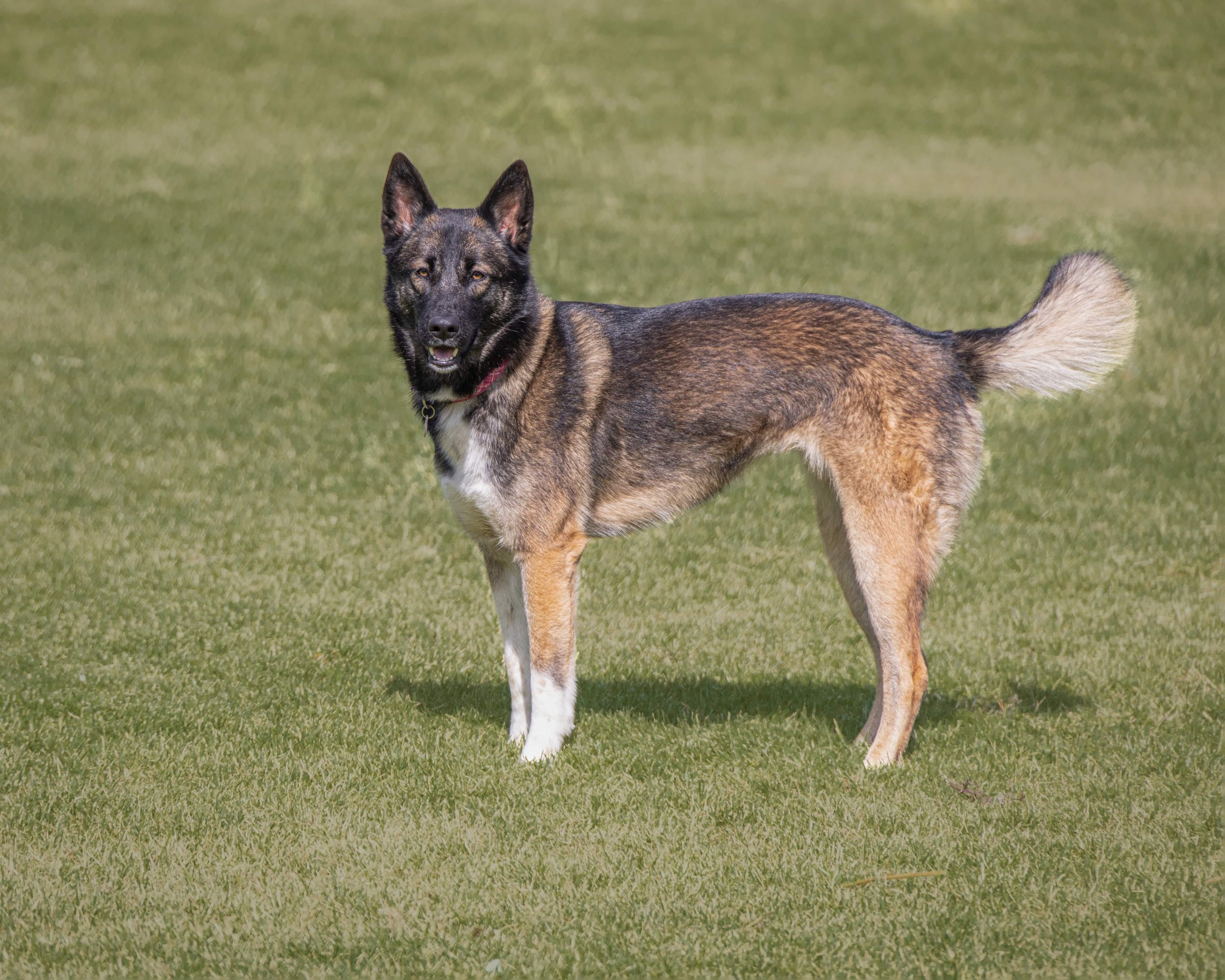A Guide to Dog Park Adventures
Dog parks offer the possibility of unleashed joy, where dogs can romp, socialize, and burn off energy to their heart's content. These spaces provide a wonderful opportunity for your furry friend to play and interact with other dogs, but ensuring their safety is paramount. Here are some things to think about to make sure that a visit to the dog park is a good experience for your dog.
1. Choose the Right Park:
Research the dog parks in your area to find one that suits your dog's needs. Some parks have separate areas for small and large dogs, which can help prevent potential conflicts. Assess the park's amenities, rules, and reviews before making your decision. Some dog parks have Facebook pages and you might want to check those out to get a feel for how things are going at the park.
2. Vaccinations and Health Check:
Before introducing your dog to a new environment with other dogs, ensure they are up-to-date on vaccinations, flea and tick prevention, and have a clean bill of health from your veterinarian. This reduces the risk of disease transmission, and is a rule for most dog parks. You should be doing these things anyway, but won’t you feel better knowing the other dogs have also had to be up to date on vaccinations?
3. Know Your Dog's Temperament:
Be honest about your dog's temperament and socialization skills. If your dog is not comfortable around other dogs or has a history of aggression, a dog park might not be the best choice. Prioritize your dog's well-being and avoid putting them in situations that cause stress. That also means showing kindness to other dogs and dog owners by not putting them in a stressful situation.
4. Observe First:
Upon arrival, take a moment to observe the dynamics of the dog park. Watch how the dogs are interacting, and gauge whether it's a positive and safe environment for your dog. If you're uncomfortable with what you see, it's okay to wait or leave.
5. Leash On, Leash Off:
Most dog parks have designated areas for leashing and unleashing your dog. Always leash your dog in the designated area, ensuring they are calm and under control before entering the off-leash area.
6. Supervise Actively:
While your dog is off-leash, keep a watchful eye on their interactions. Be prepared to intervene if play becomes too rough or if conflicts arise. Not all dogs have the same play style, so knowing when to step in can prevent disagreements. It is your job to ensure the safety of your dog as well as the others, so the dog park is not the best place to catch up with social media on your phone or do anything else that might steal your attention away from where it needs to be.
7. Respect Dog Park Etiquette:
Follow the rules of the dog park and encourage others to do the same. This includes picking up after your dog, not bringing aggressive dogs, and preventing your dog from excessive barking.
8. Watch Out for Overcrowding:
An overcrowded dog park can lead to stress and potential altercations among dogs. If the park is too crowded, consider coming back at a quieter time or exploring other options.
9. Keep an Eye on Food and Toys:
Food and toys can trigger resource guarding behavior in dogs. It's best to leave these items at home to prevent conflicts. If you bring treats for training, use them in a controlled manner.
10. Leave if Necessary:
If you notice your dog becoming overwhelmed, stressed, or agitated, it's better to leave the park. Your dog's comfort and safety should always come first.
11. Hydration and Breaks:
Bring water for your dog to stay hydrated during playtime. Provide breaks if your dog seems tired or overheated. Rest in the shade and allow your pup to recover before resuming play.
12. Clean Up After Your Dog:
Always clean up after your dog to maintain a clean and pleasant environment for everyone. Bring waste bags and dispose of them properly. This is also important to keep diseases away.
13. Flea and Tick Prevention:
Regularly check your dog for ticks and use appropriate flea and tick prevention methods to keep them protected during park visits.
14. Socialization with Caution:
While socialization is important, it's okay to limit interactions if you're unsure about a particular dog or situation. Your dog's safety is your top priority.
15. Regular Training Pays Off:
Having solid recall and basic obedience commands can help you manage your dog's behavior in a dog park setting. Practice these commands regularly to ensure your dog listens even in an exciting environment.
By following these guidelines and prioritizing your dog's safety, you can create enjoyable and worry-free experiences at the dog park. Remember, the ultimate goal is for your pup to have a fantastic time while staying safe, healthy, and happy.
#dogparks #dogsafety

